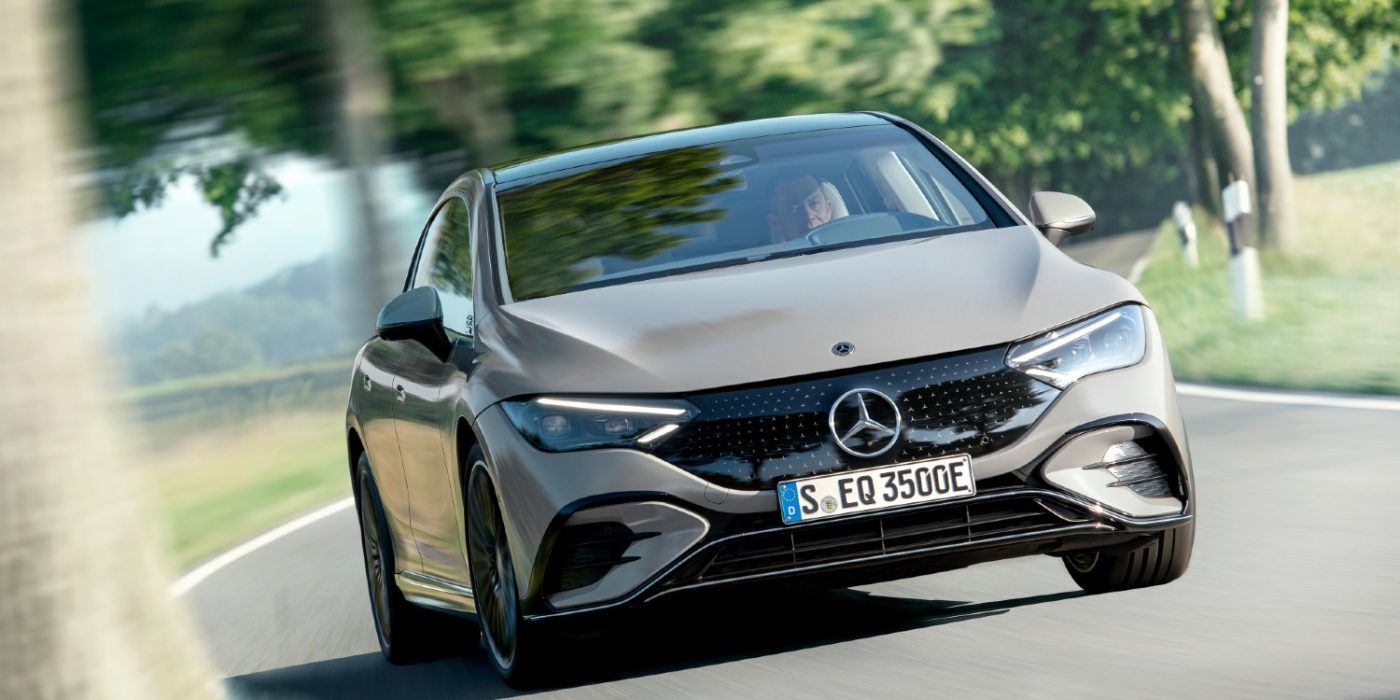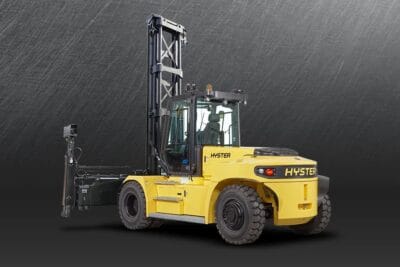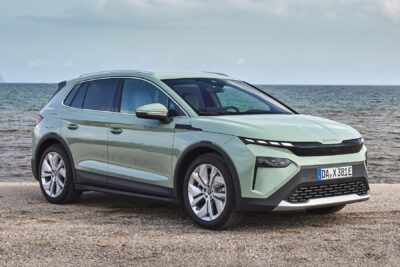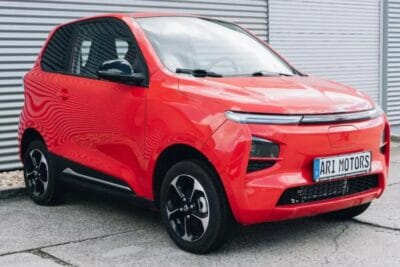Mercedes wants to halve their CO2 footprint by 2030
Mercedes-Benz aims to reduce CO2 emissions per passenger car by more than half over the entire life cycle by the end of this decade compared to 2020. The main levers for this are electric cars charged with green electricity, better batteries, recycled materials and the use of renewable energies in production.
At his first digital ESG (Environment, Social and Governance) conference for investors and analysts, Mercedes CEO Ola Källenius reiterated the plan to go fully electric by 2030 with the caveat ‘wherever market conditions allow’. As an interim target, Mercedes-Benz now stated that it would achieve a share of up to 50 per cent of plug-in hybrids and battery-electric vehicles, summarised by Mercedes as ‘xEVs’, by 2025.
In the first quarter of 2022, the xEV share at Mercedes-Benz Cars (including Smart) was 15 per cent worldwide; in Europe, around one in three passenger cars sold was electrified. The pure BEV share, however, was only 4.3 per cent.
In order to achieve the new CO2 targets, Mercedes sees the battery as “the greatest lever for reducing CO2 emissions”. On the one hand, this involves the energy used in production: by switching to CO2-neutral cell production, emissions during the manufacture of the entire battery pack can be reduced by 20 per cent. On the other hand, the battery technology itself is to be further developed with a focus on the use of resources – for example, improving the production process of anodes and cathodes.
At the ESG conference, Mercedes outlined three development paths: anodes with a high silicon content should offer “great potential for increasing energy density” by the middle of the decade – specifically, Mercedes mentions more than 800 Wh/l at cell level. This could reduce the use of some expensive materials that are energy-intensive to process.
At the same time, Mercedes-Benz plans to be able to use LFP batteries with a completely cobalt-free cathode in its production vehicles. The emphasis here is on “to be able to use” – so they are preparing for this, but Mercedes does not yet want to announce the concrete conversion of a model to LFP batteries or a cell supplier.
The same applies to the third path: “Together with research partners, the company is also working on solid-state batteries,” the statement says. However, the company does not yet specify a time horizon, models or concrete savings potential.
In the course of the conversion to battery-electric cars, Mercedes is also investigating battery recycling. Mercedes is currently building its own CO2-neutral recycling factory in Kuppenheim in southern Germany. Recycling plants are also planned in China and the USA, as reported.
However, the CO2 measures do not only concern electric drives. By 2030, Mercedes wants to obtain more than 70 per cent of the energy required in production from renewables – partly with its own solar and wind plants at the locations, but also by “concluding further corresponding power purchase agreements”. With partners, Mercedes wants to establish a green supply chain for steel and aluminium. The proportion of recycled materials in the vehicles (for example seat covers made from recycled PET bottles) is to be increased.
With reporting by Sebastian Schaal, Germany.





0 Comments